Description
Effect of CRM Curing Level on Asphalt Binder and Mixture Performance Characteristics
Mansour Solaimanian, Ali Sahraei Joubani
ABSTRACT: Digestion of crumb rubber modified (CRM) into asphalt binder is heavily influenced by the curing process, curing temperature, duration of curing, and speed of shear blending. In field applications, sometimes a low digestion level is achieved because of limitations imposed by feasibility of the process and the time available for proper blending and digestion. To this effect, research was undertaken to investigate the effect of curing level of crumb rubber modifier (CRM) on asphalt binder and mixture characteristics and demonstrate the significant of curing level. Two CRM sizes (-#20 and -#30) were selected and were incorporated into the asphalt binder through the wet process. Two aggregate types (limestone and sandstone) and two binder grades (PG 58S-28 and PG 64S 22) were included in the experimental plan. A 9.5-mm gap graded mix design was used for all the mixtures. Two different dosages of CRM and three different curing levels (low, medium, high) were applied in this study. The intensity of the curing level was decided based on temperature, duration, and speed of shear blending. An advanced analysis of the physical and rheological properties of CRM- modified binder were conducted. Grading of the modified binders was conducted according to both AASHTO M 320 and M 332. For mixture performance evaluation, Hamburg Wheel Tracking (HWT), IDEAL-CT, and Dynamic Modulus tests were conducted. The effect on low temperature cracking properties was determined based on comparison of ∆Tc (difference between critical cracking temperature based on stiffness and critical cracking temperature based on relaxation parameter).
The CRM increased the binder viscosity and binder high temperature stiffness significantly. The high-cured CRM binders had considerably lower viscosity than the low- and intermediate- cured binders, an indication of better digestion and higher level of dissolving. Addition of CRM increased the high temperature grade of the binders between one and three levels. The intermediate and low temperature properties of the binder were also improved.
The mixture performance tests indicated improved properties of the mixtures with respect to rutting. The CRM modified mixtures presented good to excellent behavior in HWT with maximum rutting of 1 to 8 8 mm, a significant improvement over the control mixture with over 20 mm of rutting (with PG 58S-28 and no CRM). Fatigue crack resistance was also improved even though the effect of cure level and CRM content was mixed. Regarding the effect of CRM on the low-temperature performance of the binder, it was also found that the highest cure level provided the based performance at low temperature and delivered the lowest ∆Tc.
KEYWORDS: Asphalt, binder, curing, CRM, performance, viscosity, wheel tracking, rutting, cracking.

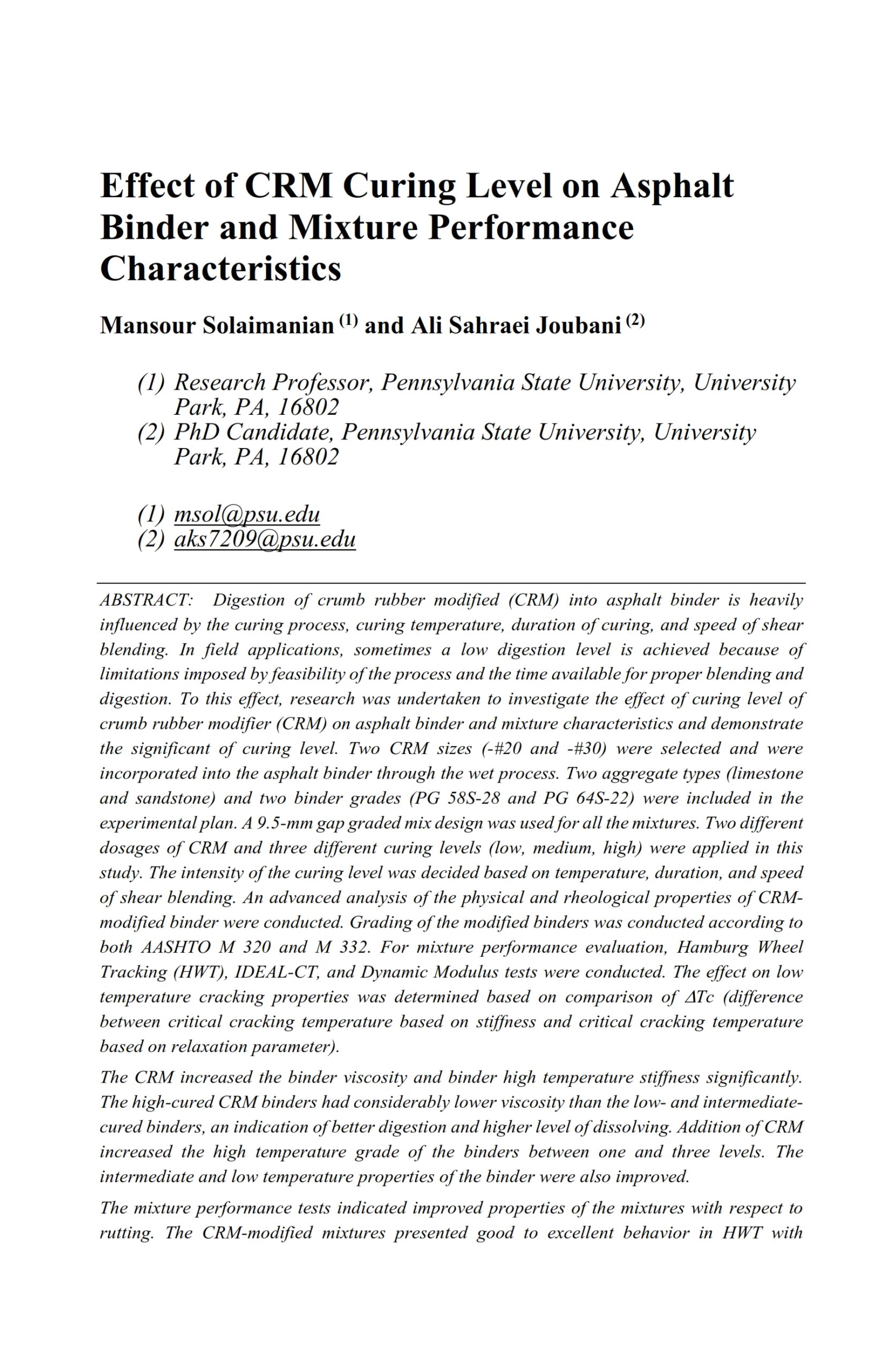
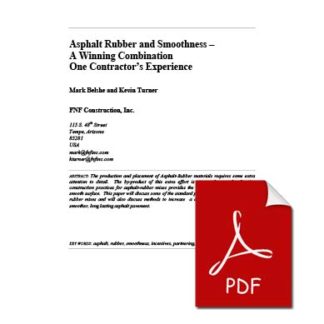
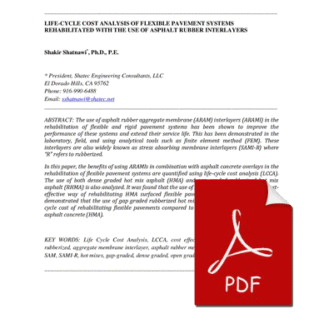
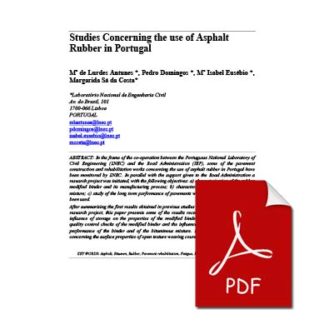


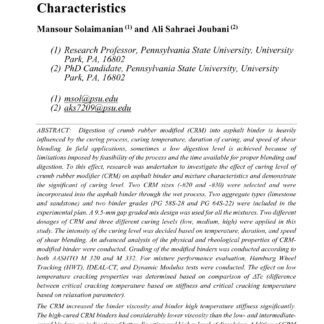
Reviews
There are no reviews yet.